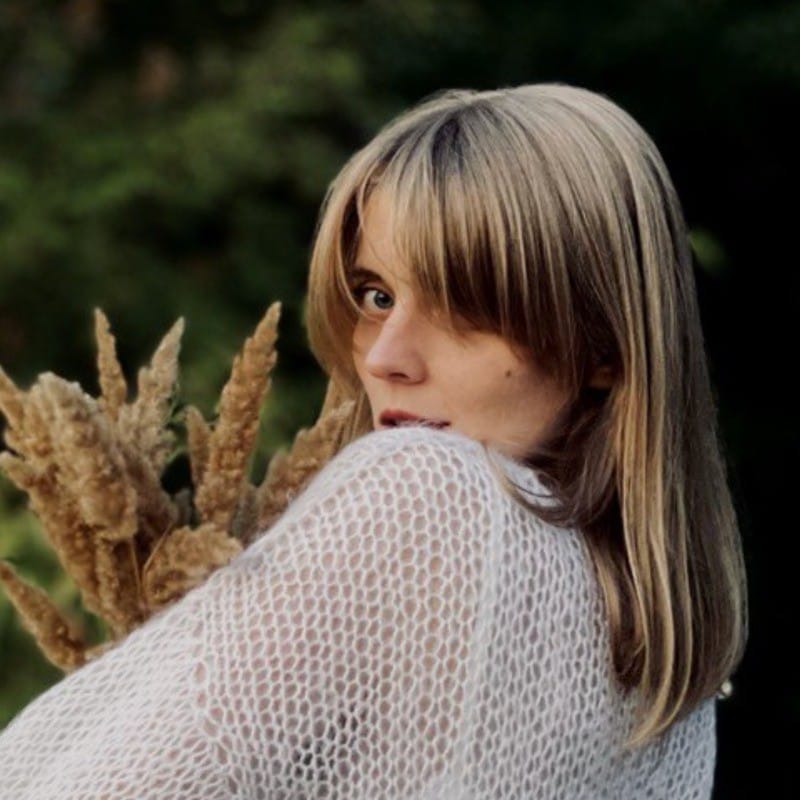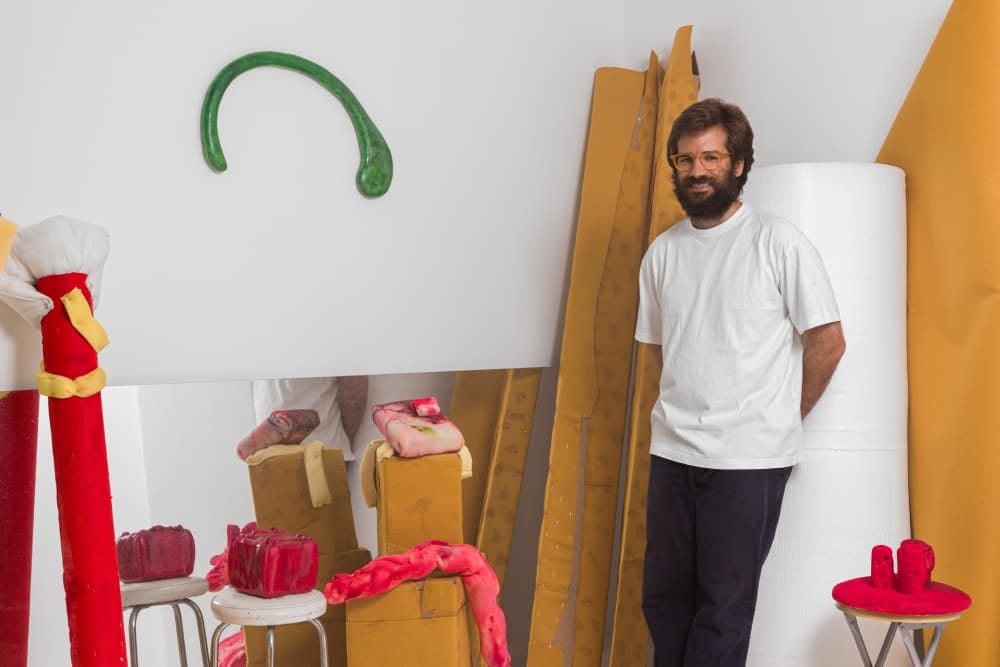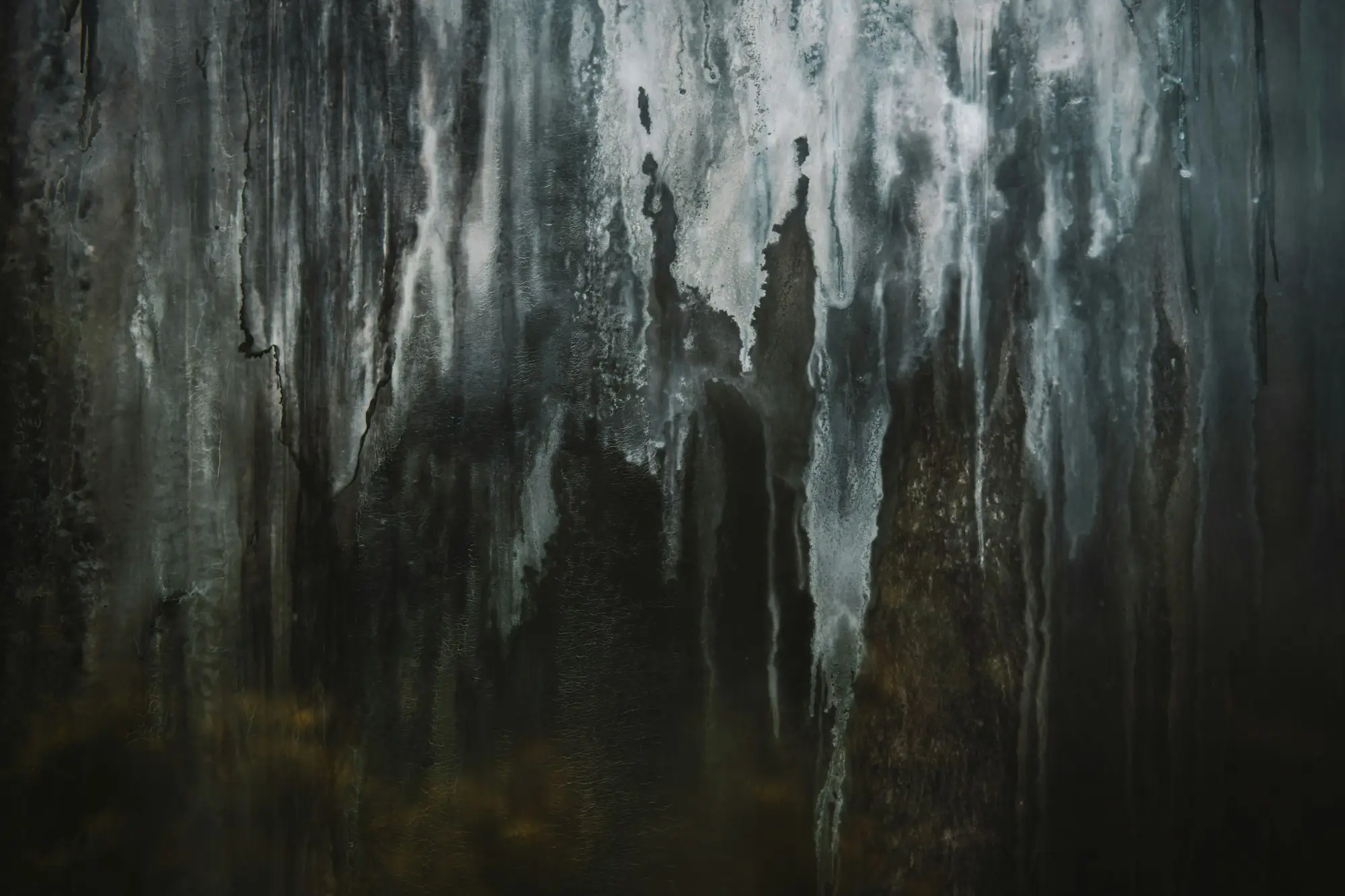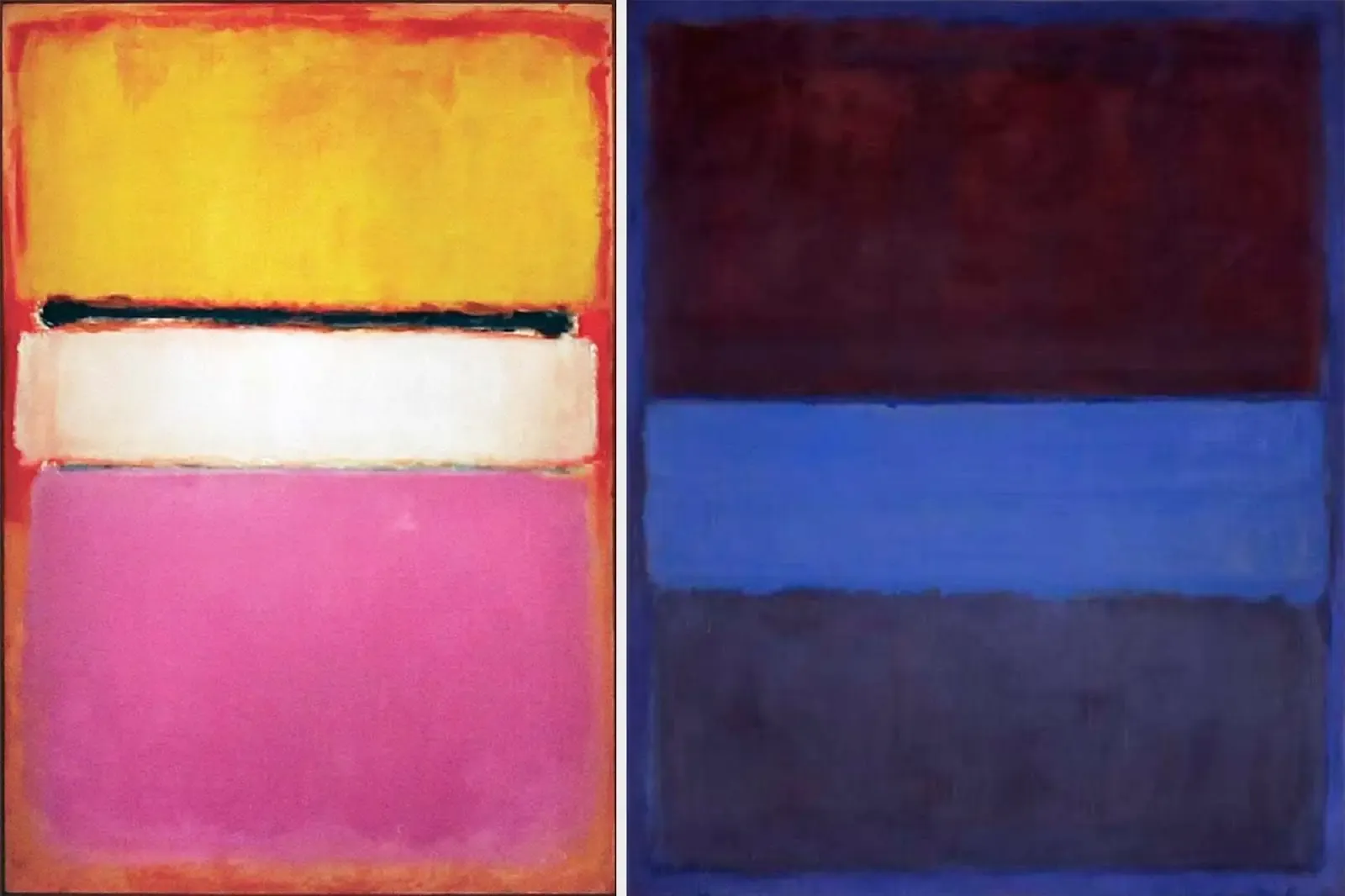Alcohol Ink: When Chance Becomes a Co-Author
Mediocrity. Few words cut as sharply. For an artist still searching for their voice, it can feel like a final sentence. It’s all too easy to drift into someone else’s current: Caravaggio’s sculpted shadows, Monet’s trembling light, Pollock’s explosive rhythms, Prymachenko’s fairy-tale beasts, Davydenko’s lace-like worlds. One day, you wake up and realize your own hand has been speaking in borrowed accents.
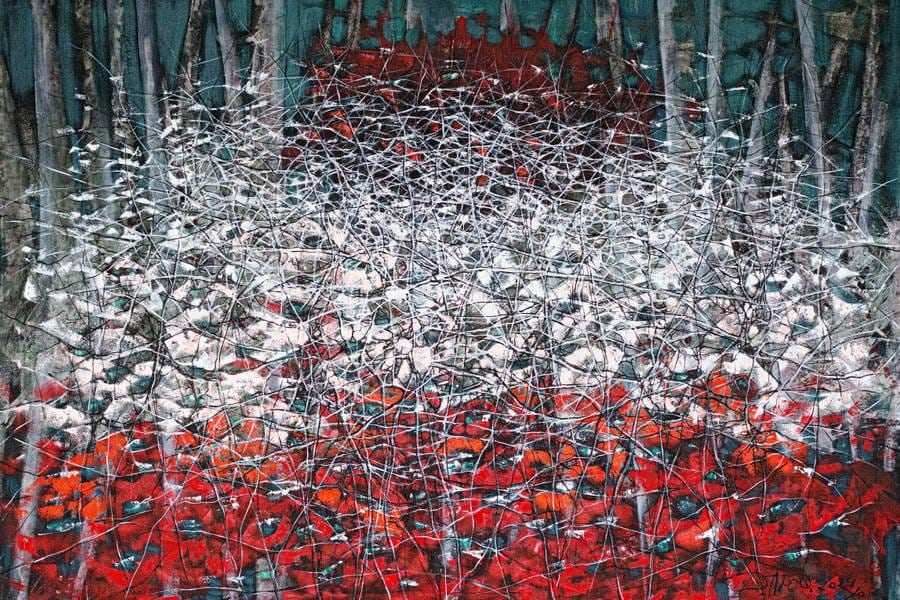
But imagine a medium that, from the very first drop, leaves a mark that could only be yours — no years of academies, no perfect perspective grids, no memorized anatomy.
An Industrial Invention with Its Own Accent
Alcohol Ink is less a technique than a chemistry-driven conversation. Specially formulated, pigment-rich inks flow across a non-porous surface like breath across glass. The colors bloom, collide, and fracture into patterns that no second attempt could ever replicate. Each work carries a signature as distinct as a snowflake’s lattice or the swirl in an iris.
The alchemy lies in the evaporation dance: isopropyl alcohol vanishes almost as soon as it touches the air, nudging pigments into feathered edges, coaxing them to drift and settle in places a brush could never persuade them to go.
A Young History with Old Echoes
Alcohol Ink didn’t exist in the Renaissance — it belongs firmly to the late 20th and early 21st century, when chemical manufacturing began handing artists new tools:
- synthetic, non-absorbent papers like YUPO that resist soaking,
- stable dyes that dissolve perfectly in alcohol,
- pigmented inks akin to those in felt-tip markers (themselves a mid-20th-century invention).
Yes, you can hear distant resonances: the meditative washes of Japanese sumi-e, Helen Frankenthaler’s soak-stain fields. But Alcohol Ink is a true child of the industrial age — pure manufactured color, smooth synthetic ground, and a pace that moves with the speed of our century.
Where Craft and Chance Hold Hands
This is a medium that refuses to be tamed. You set the tone and tempo, but the pigment has its own agenda. A single drop of alcohol can ripple outward, unraveling and re-weaving the composition in seconds — the bloom effect, a pale halo that pushes the color aside, feels like watching light carve space.
Finnish artist Ulla Thynell puts it simply:
“I try not to force any premeditated ideas into the illustration – I just need to trust the process and lean into it. The paintings will tell me their stories and reveal hidden figures and landscapes, if I just listen patiently enough.”
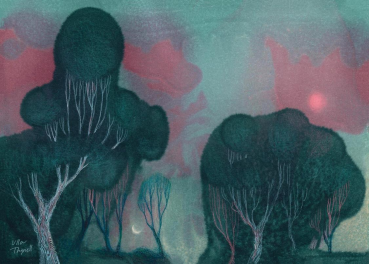
It’s no accident people call it the art of controlled chaos. The results fuse effortlessly with graphic design, calligraphy, resin, and collage. They photograph beautifully — a fact social media has seized upon — but their true power lies in the way they seem to arrive as much through you as from you.
Why Artists Keep Coming Back
✓ Immediate entry point — intuitive creation without academic gatekeeping.
✓ Absolute uniqueness — no two works are ever the same, even by the same hand.
✓ Color that glows — transparent layers with jewel-like depth.
✓ Versatility — plays well with other media.
✓ Interior presence — equally striking in minimalist lofts or layered, eclectic rooms.
✓ Endless reading — each piece invites its own interpretation.
If you’re stepping into the world of alcohol ink for the first time, these artists offer a perfect starting point:
- Jan Matthews — a poet of serene horizons, she paints calming landscapes that seem to breathe with the ever-changing light and atmosphere of the natural world.
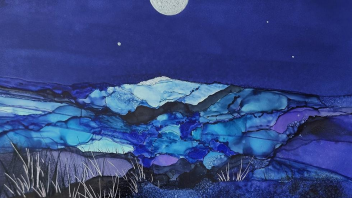
- Kimberly Deene — her work shimmers with metallic accents, catching the eye like sunlight on water; co-author of Creating Art with Alcohol Ink, she blends technical mastery with luminous elegance.
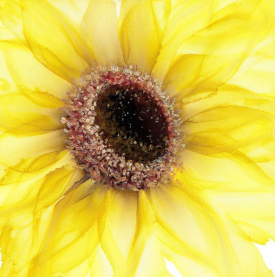
- June Rollins — the visionary behind “Alcohol Ink Dreamscaping,” she transforms flowing pigments into dreamlike realms; author of Alcohol Ink Dreamscaping Quick Reference Guide and The Maypole Artist’s Series.

Where Technique Turns Into Voice
Alcohol Ink shows how technology doesn’t just change tools — it changes the conversation between artist and medium. Here, control loosens into dialogue. The work unfolds like a dance where your partner can, at any moment, improvise a new step.
And for the artist just beginning — perhaps still shadowboxing with mediocrity — it offers something rare: a chance to step into an art language that is immediately, undeniably your own.
